how to clean a small engine
- By BISON
Table of Contents
Small engines, like those in lawn mowers, portable generators, and more, are compact power sources that can perform most of our necessary daily tasks. However, like every mechanical system, cleaning is one of the key aspects of this comprehensive maintenance. A clean engine is central to optimal performance, longevity of the engine and even conserves the individual parts’ health.
By reading this article, you will gain a complete understanding of the intricacies of cleaning your small engine and how this regular maintenance can keep your engine running at its best. You’ll learn how to spot the signs that cleaning is needed, the tools and procedures needed to clean the basic components of a small engine… You’ll also gain insight into the finer aspects of cleaning and maintaining these engines to ensure their longevity.
Signs your small engine needs cleaning
- Difficulty starting: This could indicate a problem with the fuel system, possibly a clogged carburetor or a dirty spark plug.
- Power loss: If your engine isn’t delivering the power it once did, impurities in various components may be the culprit.
- Engine stalling: This occasional or frequent stalling may be a sign of dirty engine parts.
- Excessive smoke: A healthy engine should have a clear exhaust, but excessive smoke or color changes may indicate the need for cleaning.
- Impacted fuel efficiency: If your equipment is using more fuel than usual, it may be that your small engine is dirty.
If you notice any of these signs, it’s time to take a closer look and, more importantly, clean.
Safely prepare and collect the correct supplies
Before you start cleaning your small engine, it’s important to make some important preparations for your own safety and the safety of your engine.
Safety instructions
- Safety Equipment: Wear safety gloves and glasses. These important protective items can protect your hands from abrasive ingredients or chemicals and protect your eyes from possible debris or cleaning agent splashes. Remember, safety always comes first.
- Cooling: Never work on an engine that has been recently operated. Let it cool completely before starting any work. This is important to prevent burns and other heat-related accidents.
- Disconnect power: If using a battery, disconnect the battery as well. You should also disconnect the spark plugs to make sure the engine is completely de-energized to prevent any accidents.
- Work environment: Organize your work space. Make sure you have good lighting to view all parts of the engine, a clean surface to place parts you may remove, and store tools within easy reach.
Collect supplies
While the specific tools may vary slightly depending on your specific small engine, here are some general supplies you should gather:
- rag or old newspaper: removes surface dirt and catches any leaks or spills during cleaning.
- Stiff brush: Used to brush away dirt and debris from various parts of the engine.
- Screwdriver set: Some parts may need to be removed. A basic screwdriver set should meet most needs.
- (Optional) Carburetor cleaner: Used to clean the carburetor.
- (Optional) Soapy water: Helps with general cleaning of non-electrical, non-moving parts.
- Replacement parts: In some cases, certain parts may need to be replaced rather than just cleaned.
Small engine cleaning process
When cleaning a small engine, you must focus on a few key areas – the exterior, fuel system, air filter, spark plugs, and carburetor. Here’s a guide on how to clean each component.
Exterior cleaning
Exterior cleaning maintains the visual appearance of the engine and prevents dirt from accumulating in different areas. If equipped, remove the shroud or engine screen and remove the plastic blower housing. To remove loose debris, use a stiff brush or leaf blower.
For areas with dense grease, use an heavy-duty degreaser. Spray it liberally on the affected area and let soak for a few minutes. When you’re done working, use a fresh cloth to wipe away the leftovers.
clean fuel system
Has your engine been sitting with gas in the fuel tank for long? Was it stored with fuel over the winter? Old fuel left in the fuel system for an extended period of time may create residue that affects engine performance. Empty the fuel tank completely. It is also important to inspect the fuel lines as they carry fuel from the tank to the engine; watch for any cracks or hardening. Replace if necessary.
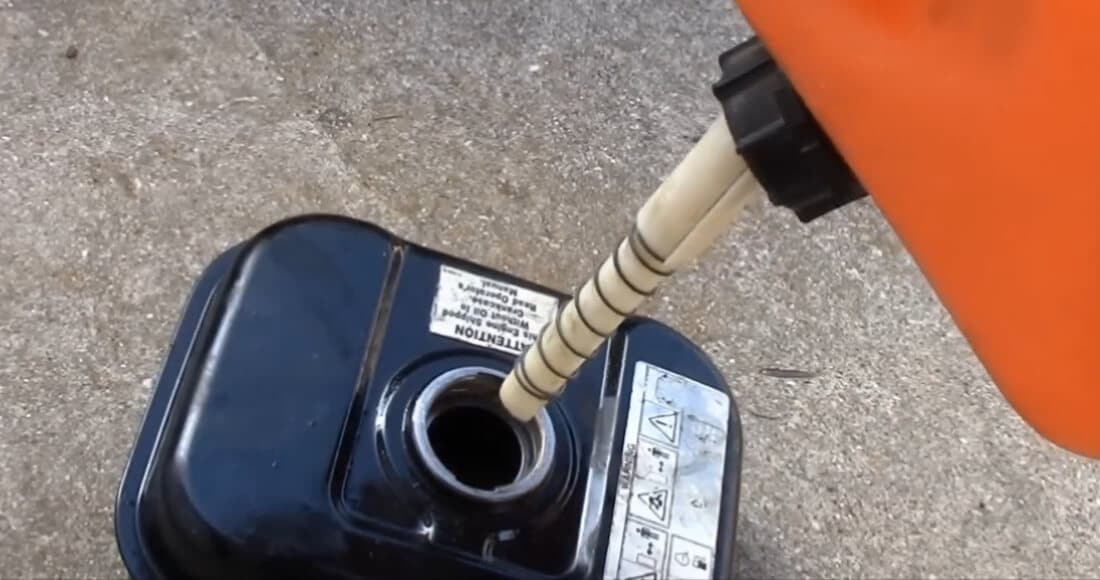
air filter
The air filter ensures that only clean air enters the engine, free of any dust or dirt particles. Cleaning methods vary depending on whether your filter is washable or replaceable.
For washable filters, the outer element and the housing and wing nut holding the filter should be removed.. Tap gently to remove any loose dirt, and wash with warm, soapy water. After cleaning, let it dry and then put it back on. You can use a can of compressed air.
On the other hand, for non-washable filters, just follow the instructions in the manual to replace the old filter with a new one.
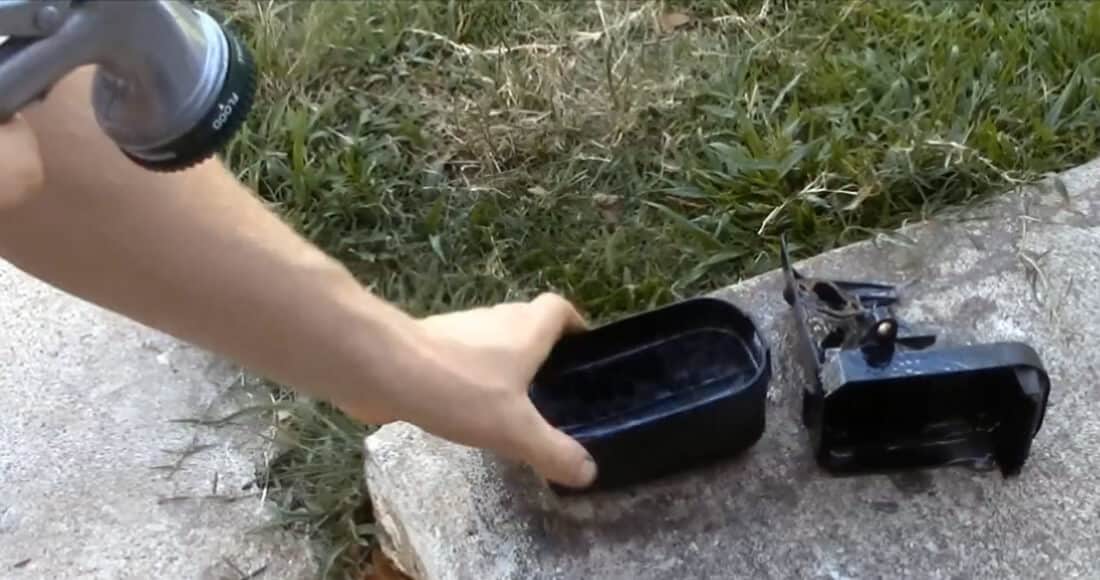
spark plug
To clean a spark plug, you must first remove it using a special spark plug wrench. Once removed, use a wire brush to remove carbon deposits from the electrodes. Don’t forget to adjust the spark plug gap according to the engine manufacturer’s specifications.
However, if your spark plug is worn or dirty, it is recommended to replace it. Keeping clean and functioning spark plugs helps your engine start easily, ensures optimal fuel economy and extends the life of your engine.
Carburetor
Please remove the hose clamp that connects the carburetor to the fuel line and any covers or clamps holding it in place. After removing the carburetor, blow off any extra dirt on the outer casing with compressed air. Spray carburetor cleaner inside the bowl if there is a thick, sticky residue. Then, clean the carburetor.
Open the carburetor bowl and visually inspect for any corrosion. If you discover that there is corrosion on the carburetor on the inside, it will need to be replaced with a new one.
Start removing the parts from the bottom of the carburetor with the bowl, then work your way up with the floater, needle, etc., until you have it completely apart. Wipe out any material that could clog the jet again by misting the remaining carburetor parts with cleaner. Catch any overspray with a shop towel. Finally, carefully reassemble the carburetor after drying.
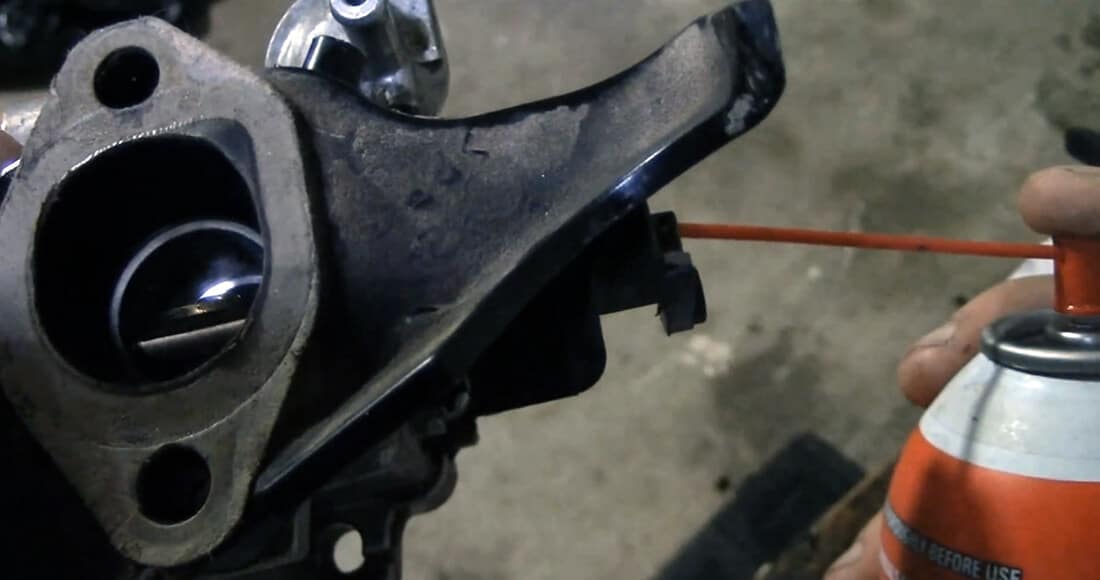
Reassemble and restart your small engine
Once cleaning is complete, the next critical step is to reassemble the engine. Taking photos during disassembly will helps make reassembly easier.
- Reinstall spark plug: Use a wrench to tighten the spark plug, but be careful not to overtighten as this may damage the threads.
- Put the air filter back: Regardless of whether you have cleaned or replaced the air filter with a new one, your air filter should now be put back in place per your engine manual.
- Reconnect the battery: If you disconnected the battery previously, now is the time to reconnect it. Make sure all wires are connected correctly as before.
- Start and check: Once everything is back to normal, it’s time to start the engine. Listen carefully for any unusual noises and visually inspect.
Conclusion: The power of regular engine cleaning
To encapsulate the essence of this discussion, we need to remember that regular engine cleaning is not only to keep your machine in good condition, but also to enhance its performance, extend its service life, and prevent larger problems.
However, engines, like people, come in all shapes and sizes, each with their own unique requirements. Therefore, when it comes time to clean, your engine manual is your undisputed companion.
Finally, if you need any help explaining and implementing your BISON engine cleaning procedures, we’re here to help. Therefore, if you are unsure about any steps or requirements, please feel free to contact us.
Most Popular Posts
QUESTIONS?
CONTACT US TODAY.
buy?
Related Posts
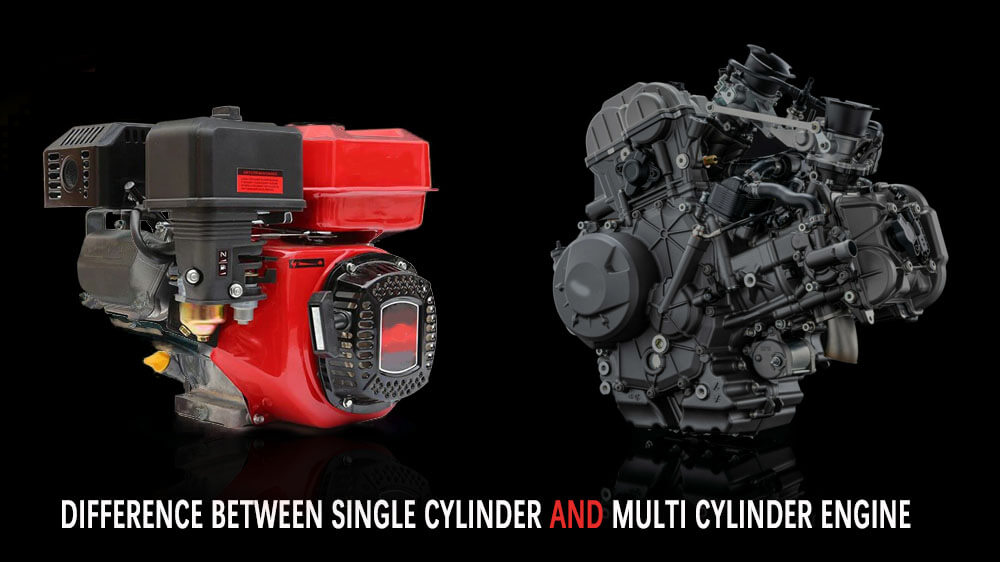
difference between single cylinder and multi cylinder engine
This article looks at single and multi cylinder engines, explains their differences, pros and cons. BISON will learn the types of machines and tasks they are suitable for.
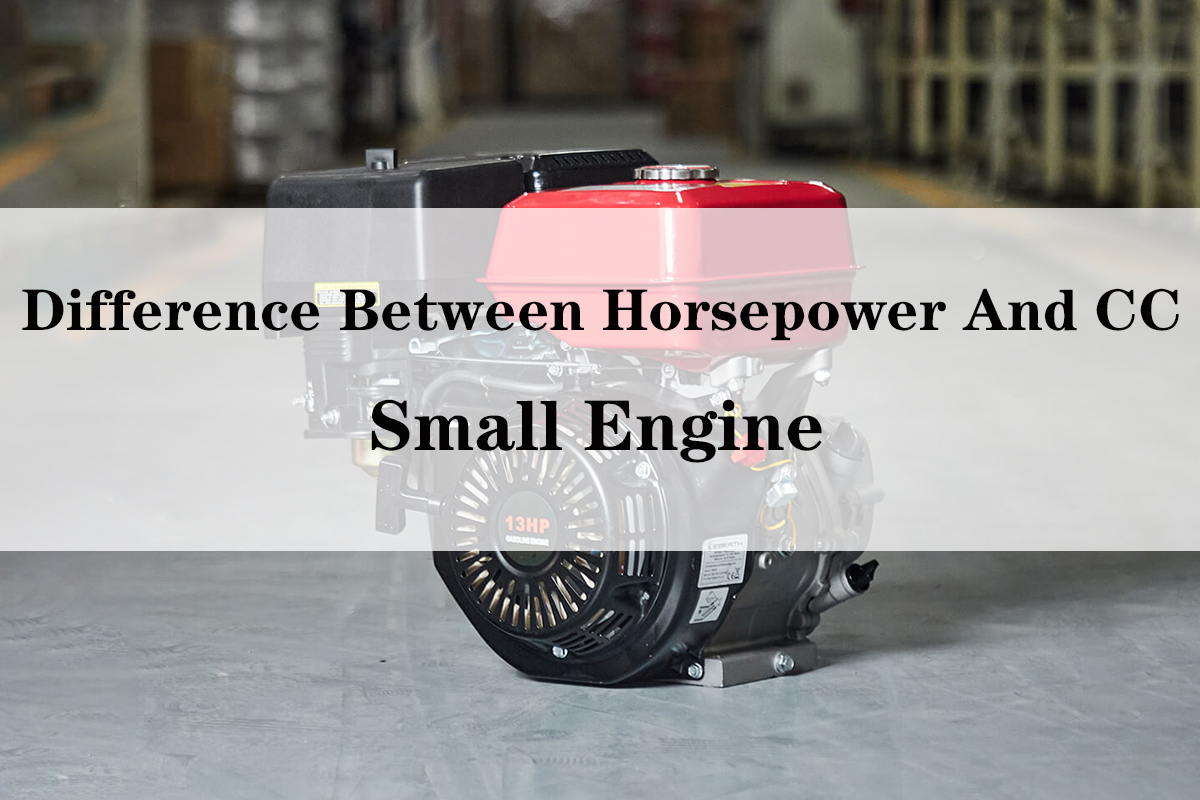
difference between horsepower and CC | small engine
In this blog post, BISON will discuss the difference between cc and horsepower, providing a clear understanding of their significance.
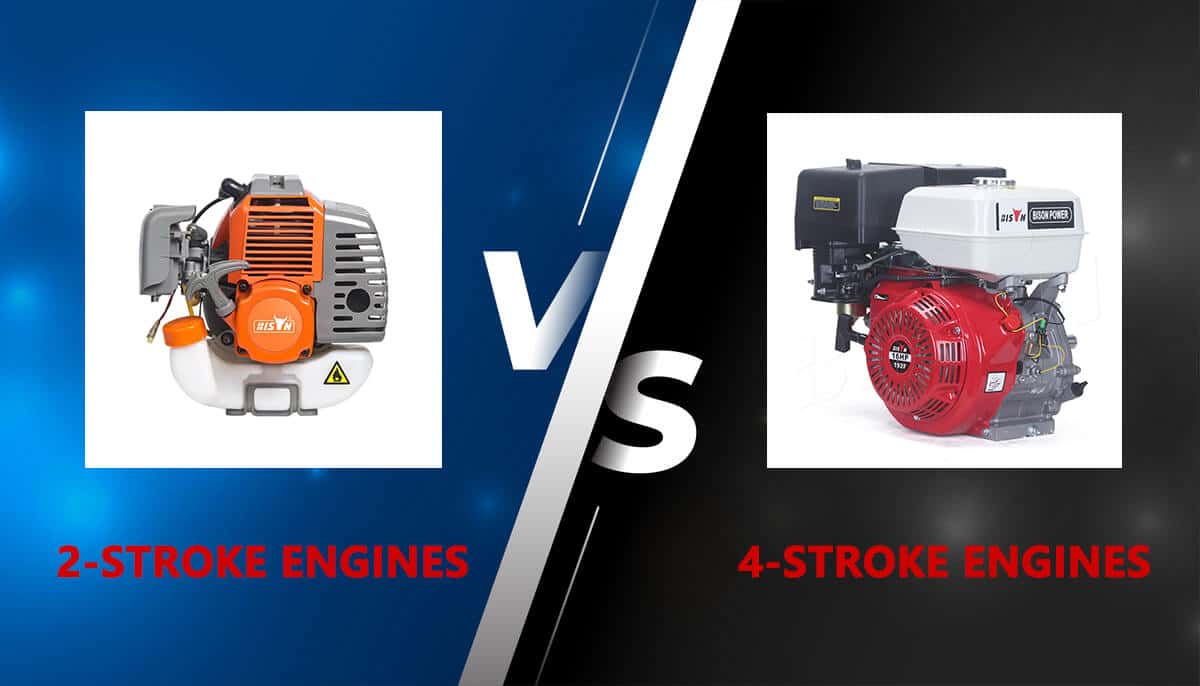
What’s the difference between 2-stroke & 4-stroke engines?
Want to know the difference between 2-stroke & 4-stroke engines? Here is the article which will let you know of every single detail and in depth analysis of both types of engines.
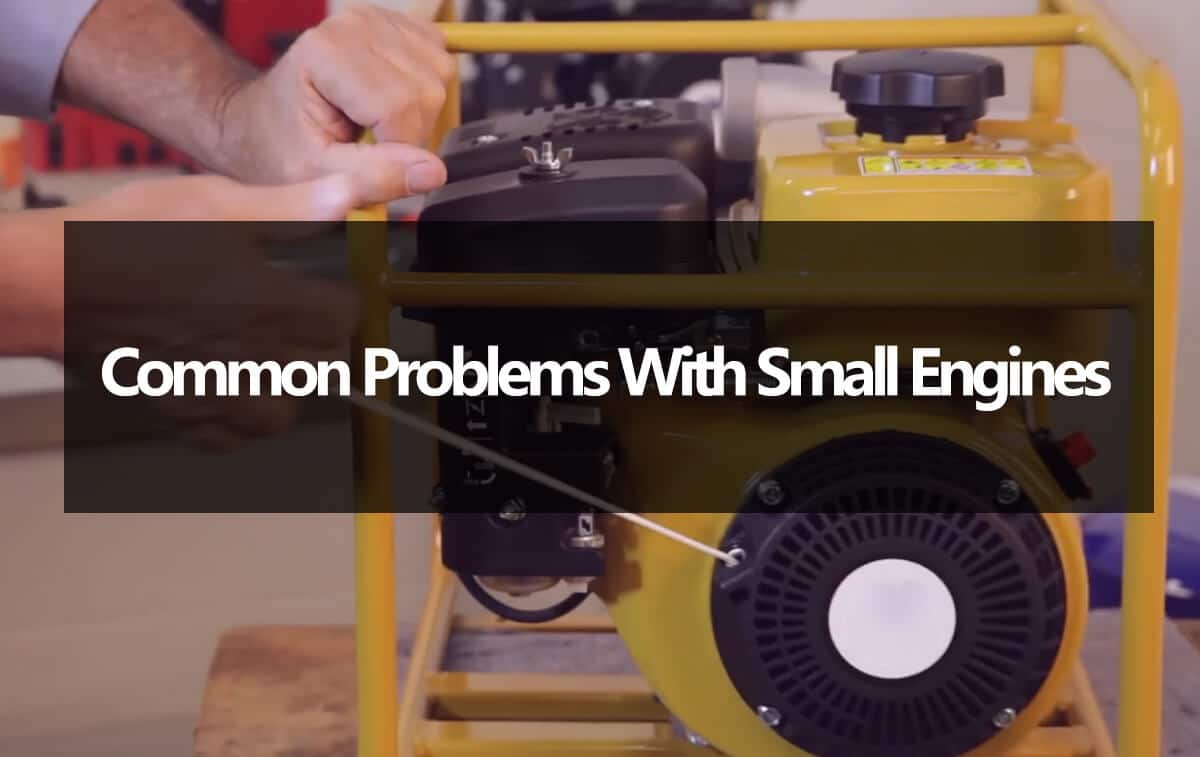
Common problems with small engines
In this article, we delve into the world of small engines, unearthing common problems that can arise and how to restore engine performance.
Related Products
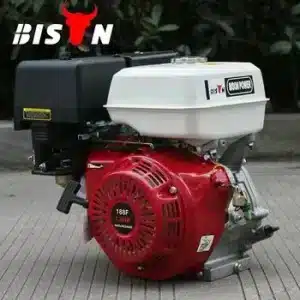
Simple Petrol Engine
This simple petrol engine inherits the consistent features of the Honda general-purpose engine, featuring high
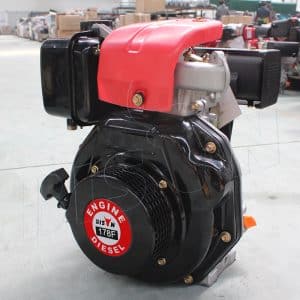
Diesel Engine Motor
1.New technology, super silent 2.Long run time 3.Economic, reliable, durable 4.CE,ISO9001 Standard….
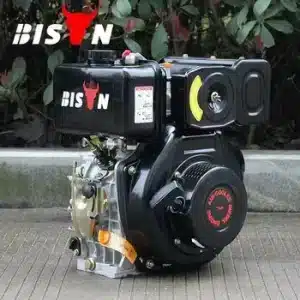
Mini Diesel Engine
Overview Quick Details Condition: New Usage: Generator, Pump Fuel: Diesel Stroke: 4 Stroke Cylinder: Single
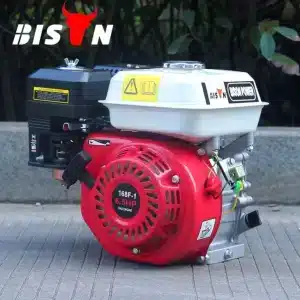
Best Gasoline Engine
Efficient manufacturing speed Logo design & colour customize.(OEM & ODM is available) Well controlled spare
.png)
-qbpqbzxxvtguiuwezisu6wo6j1i29b4m1el1ir1u8o.png)

